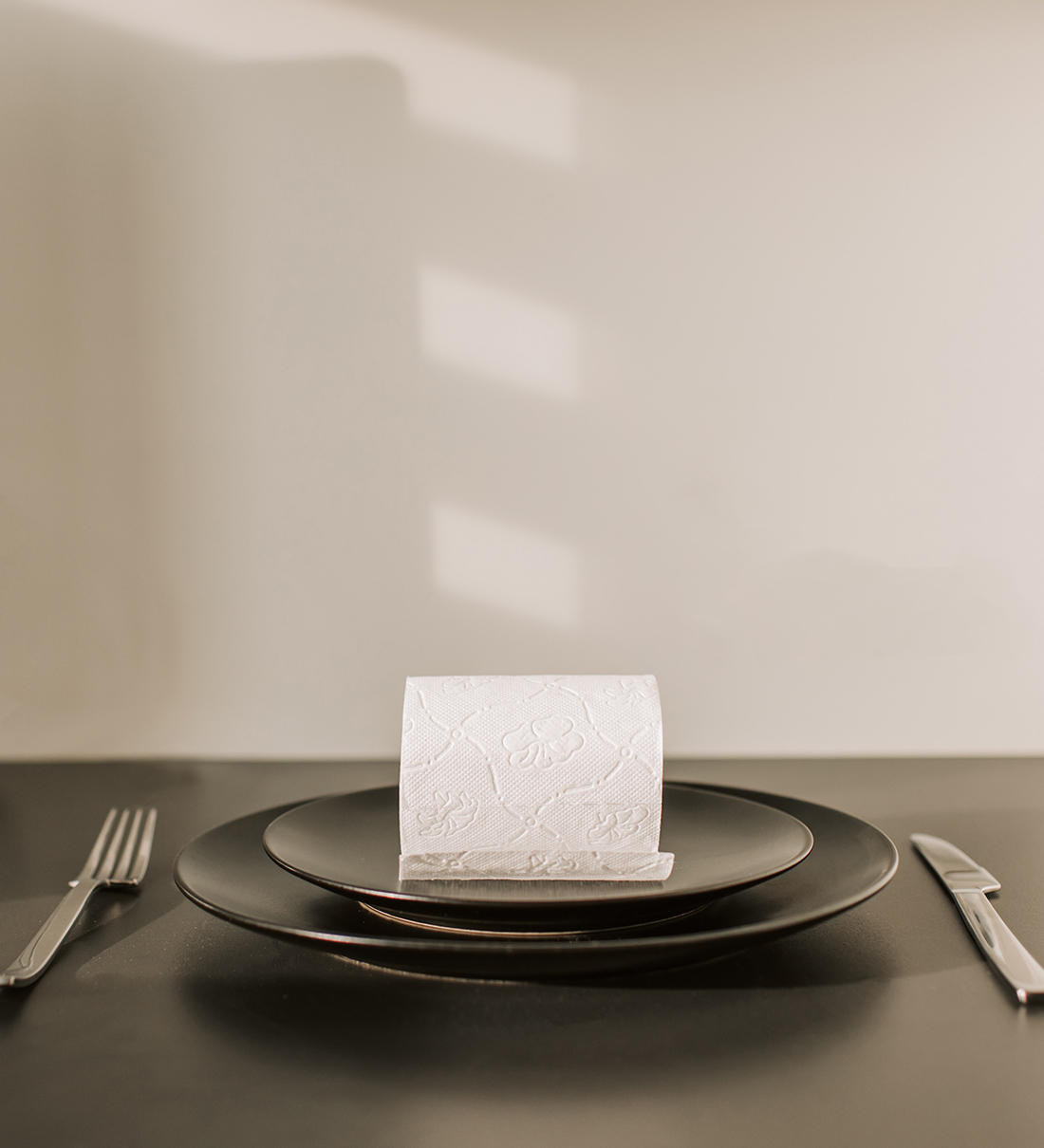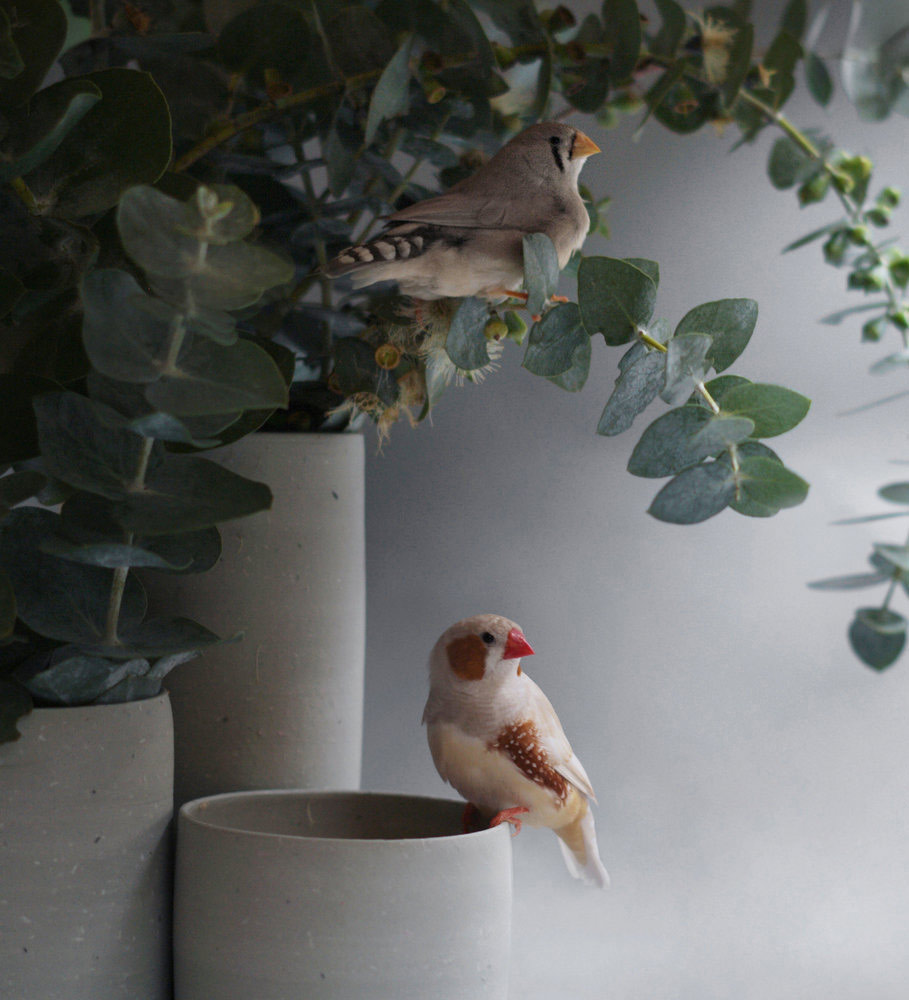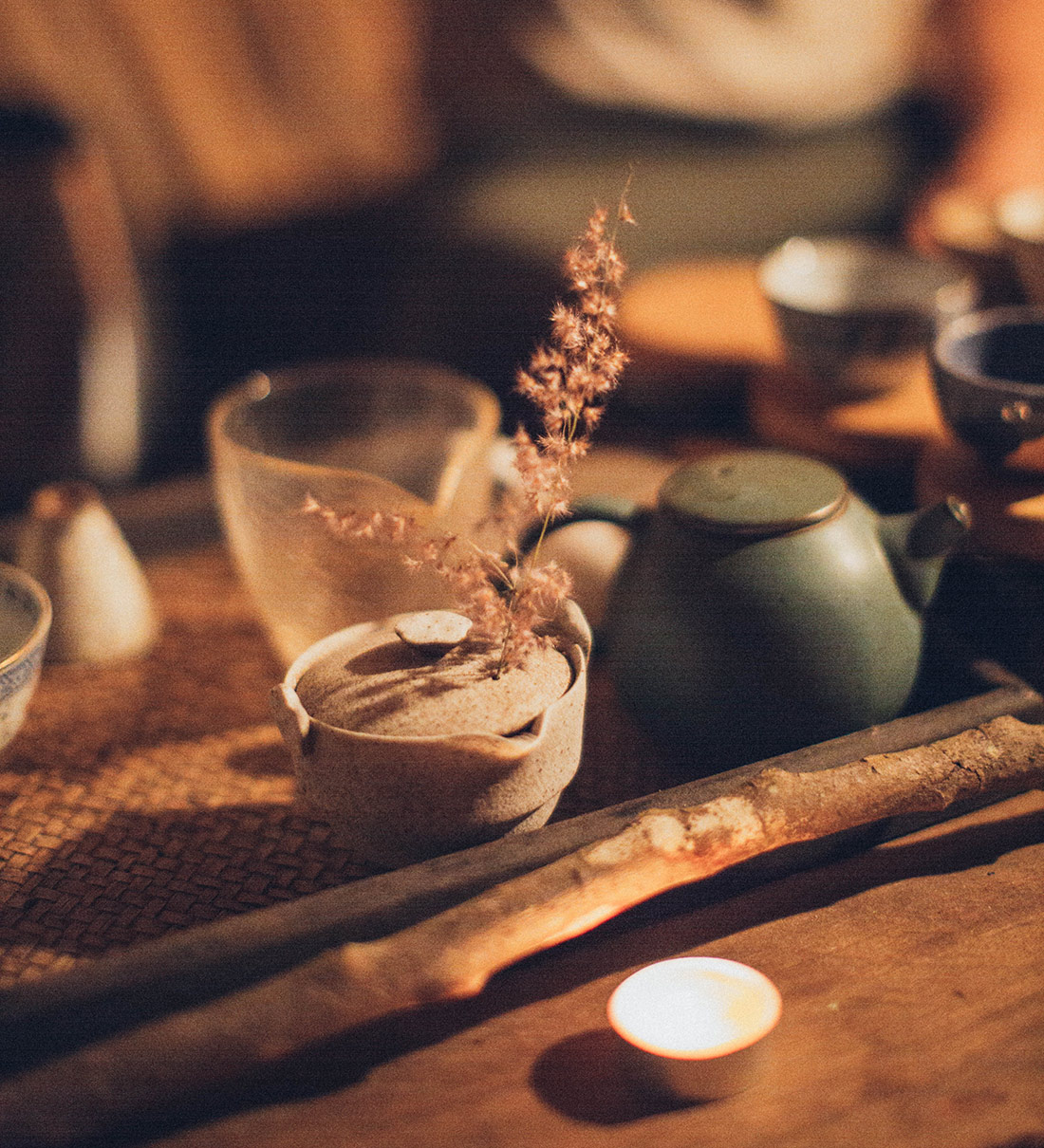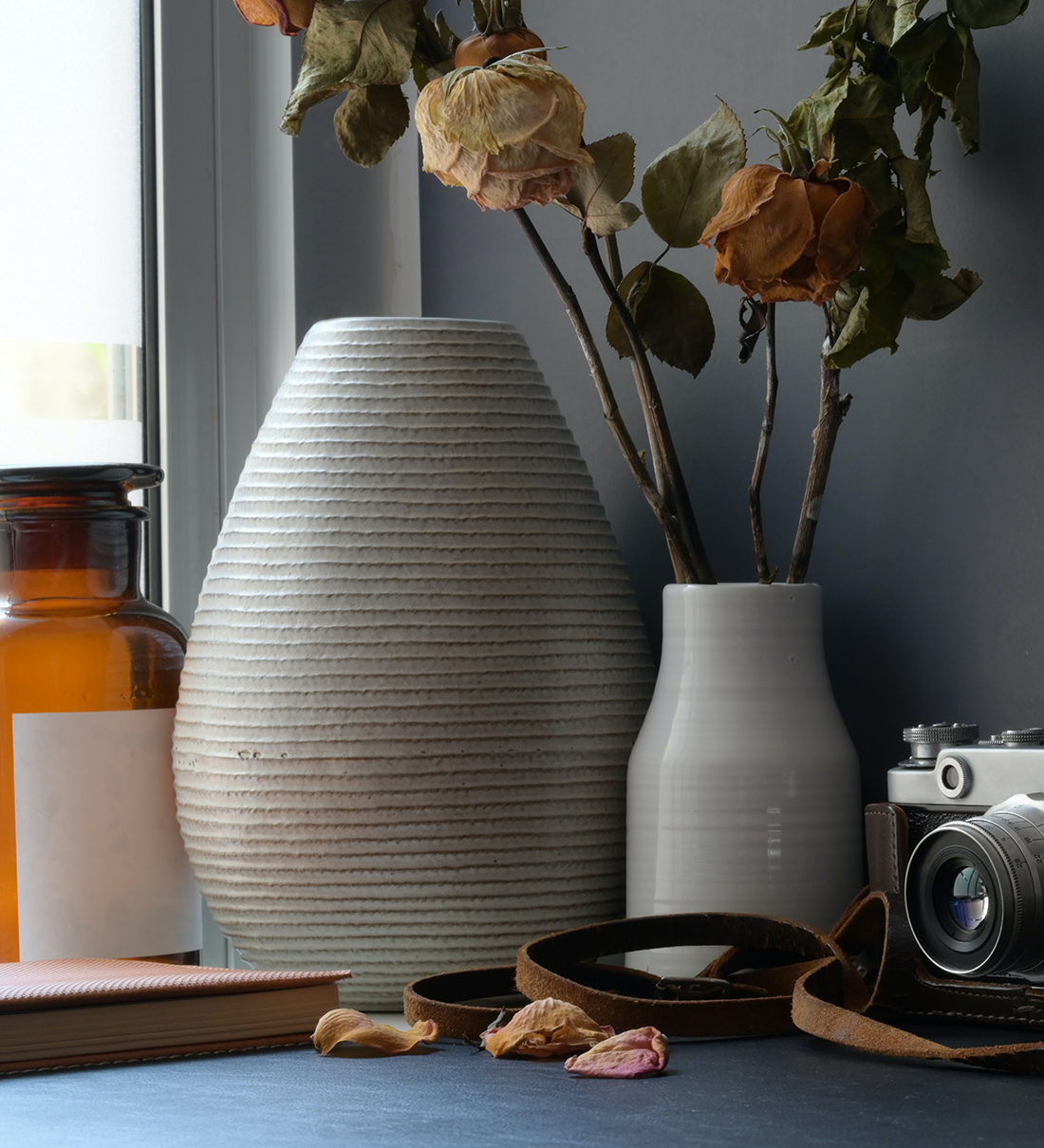All clays except terra cotta and sculpture are recommended for wheel.
Sand Clay. A finely grogged clay. This clay is beautiful, it looks like wet beach sand when left unglazed with a grainy, speckled surface. The speckles do not show through glazes and underglazes applied over this clay body but it will bring the color of glazes down.
Cone 6 Shrinkage 13.5% Absorption 3.0%
Brooklyn red. Standard 308.
This is one of the most widely used clays in public studios for a reason. It is a brick red stoneware body with fine sand and fine grog. Very resistant to warping and bloating. Yields a beautiful dark reddish brick color and can bring depth and richness to the glazes applied to it.
Cone 6 Shrinkage 12.5% Absorption 2.0%
Dark Brown Clay.
People love this clay because it is so dark. This clay creates major depth and richness in color as it greatly affects the glazes applied over it. The clay is smooth and plastic and good for all techniques. It may take longer to clean up your wheel splash pan with all the iron in this clay.
Cone 6 Shrinkage 13% Absorption 1.0%
Porcelain. Wins most vitrified award meaning that this clay is nonporous and very food safe even without glaze. Porcelain boasts a super smooth and creamy texture and contains no grog. Glazes are bright and brilliant on this clay especially semi translucent glazes like celadons. Its a great choice if you are staining clay bodies with mason stains or oxides (Nerikomi/Agateware). It is however more prone to cracking while drying and warping than other clays but worth it to obtain the super white color. Recommended for intermediate to experienced potters.
Cone 6 Shrinkage 13.0% Absorption 0.3%
White Stoneware. Fires a bright warm off-white color. This is a good clay for beginners because the glazes show up on it with very bright colors. This clay has some of the finest grog we have ever seen which enhances its throwing









